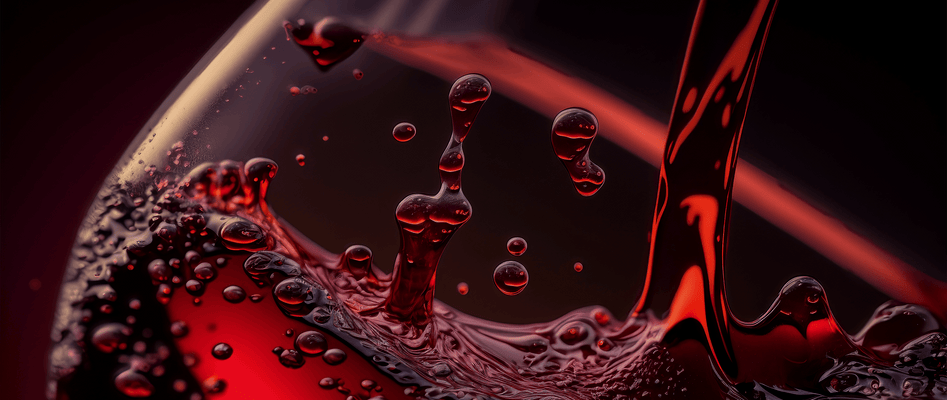Today, on the Vinogrande Blog, let's unveil a topic that may seem controversial at first glance, but it promises to change the way we perceive some of our favorite wines. In a world where perfection is often sought at all costs, it is time to celebrate the imperfections that, in certain cases, can elevate our winemaking experiences.
Oxidation
When we think about oxidation, the first impression may be negative. However, a slight touch of oxidation can give the wine nuances of complexity and depth. Imagine that nutty flavor, like walnuts and almonds, that enriches Tawny Port or Madeiras wines. These are classic examples of how controlled oxidation can be a blessing in disguise, transforming wine into a rich tapestry of flavors and aromas.
Volatile Acidity
Volatile acidity, often associated with vinegar aromas, is seen as a defect. However, at moderate levels, it can elevate the tasting experience, adding freshness and vivacity to the wine. This "flaw" is particularly appreciated in natural wines, where the pure expression of the grape and terroir is celebrated above all else.
Sediments
The sediment at the bottom of the bottle may not be the most appealing aspect, but it is a sign of a wine that has evolved, that has had time to develop its complexity. These sediments are, in fact, natural wine particles that deposit over time, and their presence is often an indicator of a superior quality wine, which has been minimally filtered to preserve its essence and character.
Changed Color
An unexpected color in a wine should not be immediately interpreted as a sign of spoilage. White wines that acquire a golden hue or red wines that become slightly brown with age can reveal a complexity of flavors and aromas that only time can provide. These chromatic changes are testimony to the wine's journey and its evolution, inviting us to explore the stories that each bottle has to tell.
Conclusion
In short, defects can actually be messengers of a hidden beauty, ready to be discovered by those who dare to look beyond conventions. In the world of wine, as in life, perfection can be found in imperfections, and that is the magic we wanted to share with you today.
Cheers, and until the next wine adventure on the Vinogrande Blog!









